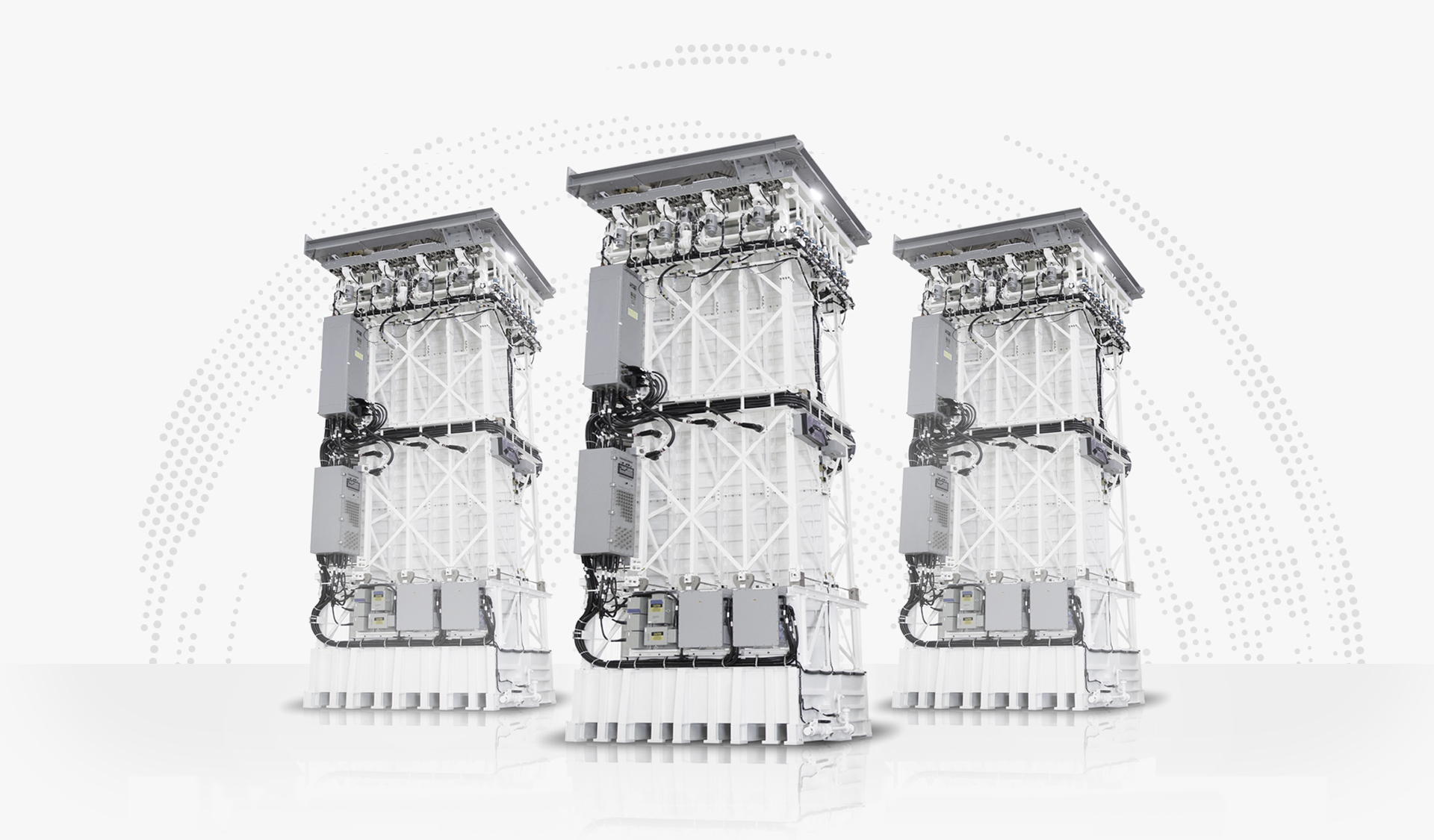Constellation is a general purpose frigate and that should be made abundantly clear, 32 VLS is more than sufficient. From those 32 cells, a typical load can be something like 32 ESSM (8 cells) while using the remaining 24 cells for whatever other missiles you want (SM-2, SM-6, Tomahawk, etc). Constellation also has 16 NSM missiles for anti-ship/secondary ground attack alongside 21 missiles in its RAM launcher for additional self defence.
Make no mistake, Constellation is a fairly well equipped and potent frigate. That being said, the USN wants these ships fairly quickly and redesigning them to accept additional Mark 41 VLS runs contrary to that.


